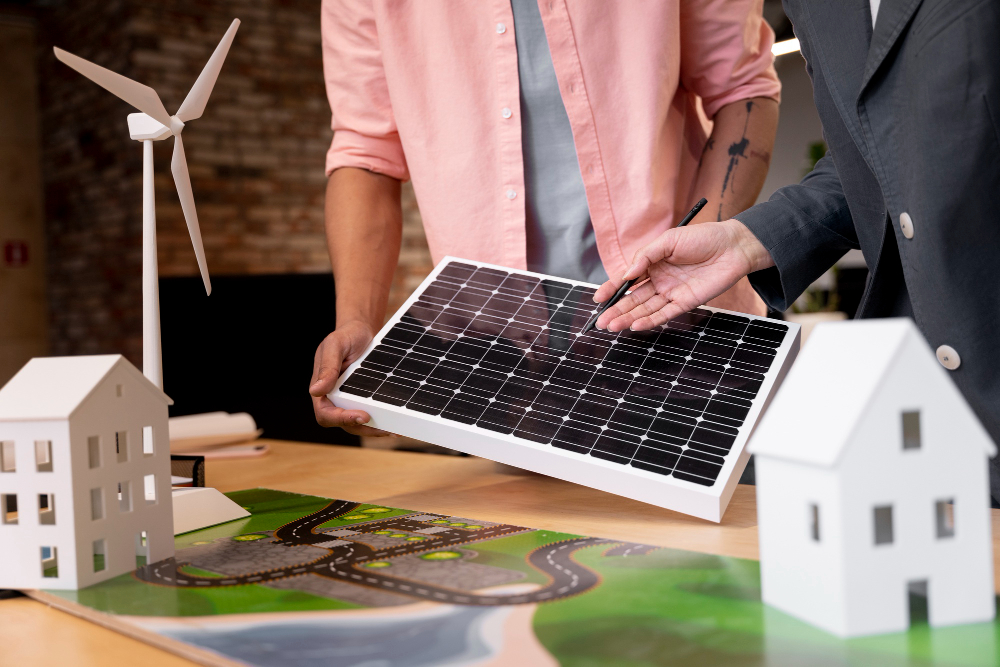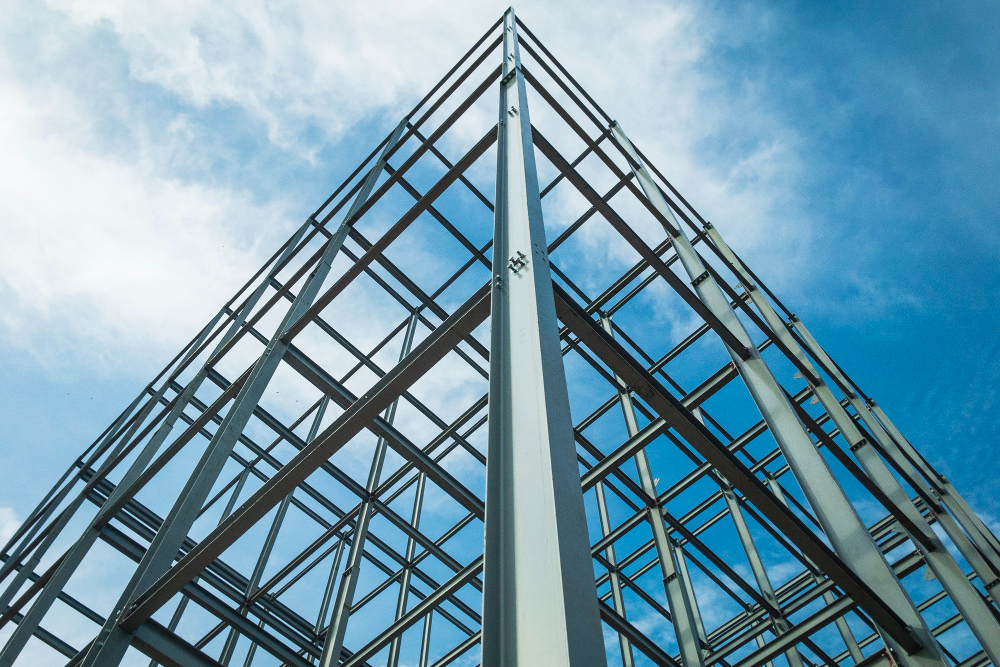Last updated on
Have you ever wondered how we can make our living spaces not just more comfortable but also kinder to the planet? Enter sustainable construction, a necessary and growing shift in how we think about architecture and construction.
Historically, building practices weren’t always kind to our planet. But as awareness of environmental degradation grew, so did the push for greener, more sustainable ways to build.
Key Principles of Sustainable Construction

Today, the demand for sustainable construction is booming, driven by a collective desire to reduce carbon footprints and combat climate change. Beyond the environmental benefits, say construction experts like Karim Allana, sustainable construction also offers economic advantages, including reduced energy costs and increased property values, making it a win-win for the planet and property owners alike.
At its core, sustainable construction focuses on minimizing environmental impact while maximizing resource efficiency. But how does it do that? First, by emphasizing energy efficiency, buildings consume less power and, as a result, generate fewer greenhouse gases. Then there’s the push for using sustainable materials—those that are renewable, recyclable, or have a minimal environmental footprint.
Water conservation is another pillar, with innovative designs capturing and reusing rainwater, reducing the strain on municipal systems. Lastly, enhancing indoor environmental quality through natural light, better air quality, and non-toxic materials creates spaces that are not only eco-friendly but also human-friendly.
These principles are what make sustainable construction not just a choice but a responsibility. Embracing these principles not only contributes to global sustainability goals but also paves the way for healthier living and working environments, underscoring the intrinsic connection between our well-being and the health of our planet.
Innovative Technologies and Practices
Some sustainable modern buildings generate their own energy and have roofs covered in plants and walls that breathe. Renewable energy sources like solar panels, wind turbines, and geothermal systems are becoming staples in green buildings. Green roofs and living walls not only improve air quality but also enhance building insulation.
The advent of smart buildings, equipped with IoT technologies, optimizes energy use, lighting, and heating based on real-time data. And let’s not forget about the importance of recycling and waste reduction techniques, which ensure that building materials are reused and repurposed, rather than ending up in landfills.
These innovations are paving the way for a future where buildings not only take from the earth but also give back. Additionally, the integration of digital tools and software in construction processes helps in planning and executing projects with greater precision, further minimizing waste and ensuring that resources are utilized in the most efficient way possible.
Challenges and Barriers

Despite its benefits, sustainable construction faces its fair share of challenges. The most daunting of these is the high upfront costs associated with green technologies and materials. Regulatory hurdles also pose significant barriers, with building codes and standards struggling to keep up with the pace of innovation.
Additionally, there’s a notable gap in awareness and expertise; not everyone is on board or knowledgeable about the benefits and practices of sustainable construction. And let’s not overlook the logistical challenges of sourcing sustainable materials and dealing with complex supply chains.
These obstacles are real, but they’re not insurmountable. With time, investment, and education, they can be overcome. Overcoming these challenges requires a concerted effort from governments, businesses, and communities to create a supportive ecosystem that encourages and facilitates sustainable construction practices, making it easier for builders and developers to adopt green solutions.
The Future of Sustainable Construction
So, what does the future hold for sustainable construction? It’s looking bright, with policy trends leaning heavily toward green building incentives and stricter environmental regulations. Technological advances continue to push the boundaries of what’s possible, making sustainable practices more efficient and affordable.
Public awareness and education are also key; the more people understand the importance of sustainable construction, the greater the demand for green buildings will be. Looking ahead, we can expect sustainable construction to move from being an exception to becoming the norm.
It’s an exciting time to be part of this green revolution, where every brick laid and beam raised can contribute to a healthier planet. As communities worldwide begin to embrace the principles of sustainability more fully, we’ll see a significant transformation in our urban landscapes.
Cities will become greener, more resilient, and better equipped to face the challenges of climate change, heralding a new era of construction that values both the environment and the people who live within it.
Related reading:
Table of Contents





